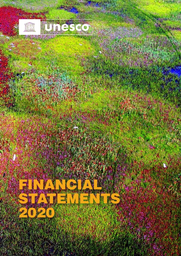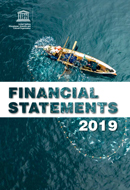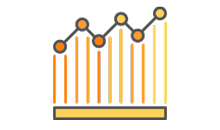
UNESCO is committed to transparency.The Financial Reports and Audited Financial Statements provide the Organization Financial performance. The financial statements have been prepared in accordance with International Public Sector Accounting Standards (IPSAS) since 2010 and the External Auditor expressed an unqualified (clean) opinion on the financial statements for each year end reports. Further information on budget and audit outcomes are also available in this section.
UNESCO'S BUDGET AT A GLANCE (Click on images to expand)
UNESCO's Budget in Detail
The Programme and Budget for 2018-2021 (40 C/5 Approved) covers the last quadrennium of the Medium-Term Strategy for 2014-2021 (37 C/4). It focuses on UNESCO’s contribution to implementation of the 2030 Agenda for Sustainable Development and the Paris Agreement on Climate Change, and pursuit of its two global priorities – Africa and gender equality.
It also reflects the importance of the principles of the 2030 Agenda: universality; inclusivity; the eradication of poverty and the reduction of inequalities; fostering peaceful and inclusive societies; addressing the expectations and needs of the least developed countries, small island developing States, and young people; and providing support to countries in crisis, conflict and disaster situations.
In particular, it centres our work on access to quality education for all on an equal footing, the development of science, technology and innovation, the promotion of cultural heritage and cultural diversity, and freedom of expression – elements that are vital for the development of peaceful knowledge societies.
Check the Latest Financial Statements
Read the Audit Reports
Archives
* Header image description: The Chinese Zhusuan, knowledge and practices of mathematical calculation through the abacus, was inscribed in 2013 on UNESCO's Representative List of Intangible Cultural Heritage.. Zhusuan was invented in China at the end of the 2nd century AD and reached its peak between the 13th and 16th centuries when algorithmic principles were developed. Its practitioners perform complicated roots and equations by moving small beads along the abacus stems according to defined formulas.



















